Perk Up with 6 Tasteful Malaysian Drinks
Lighten your mood and rejuvenate your senses with 6 must-try Malaysian drinks!
Discover the authentic in Asian cuisine food

Tea is widely enjoyed all over Asia, especially among the Chinese and Japanese. Deeply integrated into their history and cultures, with traditional tea ceremonies still practised today, like the Gongfu and Chanoyo. And, because of their everlasting love for tea, Asians have continued to find fresh ways to make and enjoy it, such as the world-famous Bubble Tea.
But more than a drink specifically made by brewing tea-leaves, tea is also kind of a ‘vibe’ among Asians. Consider the Malaysian Chinese Bak Kut Teh, a steamy herbal pork soup with nary a drop of tea, yet its name translates to ‘meat and bone tea’. Because the soup is famous for its soothing herbal fragrance and flavour, and to savour it is a relaxing, take-your-time affair.
Not all non-tea-leaf Asian teas are hearty soups, of course. Rather, Asians have long discovered that brewing certain plant ingredients can make comforting beverages akin to the pleasure of tea, without the typical bitter taste.
With that in mind, come have a sip of 6 unique tea drinks that aren’t made of tea leaves.
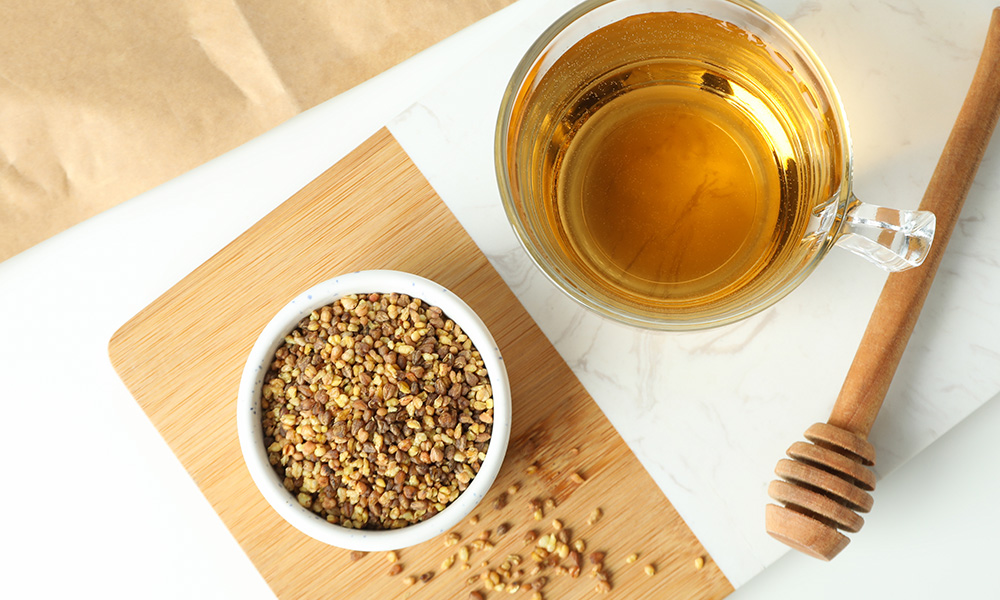
You’ve probably heard of buckwheat noodles, a Japanese specialty. So is this tea, known as Sobacha. In recent decades, buckwheat tea has also found popularity beyond Japan. The Koreans called it Memilcha, and their Gangwon Province is now among the most lauded producers. The Chinese love it too, known to them as Kuqiao-cha.
Brewed from roasted buckwheat grains, or the plant’s dried leaves and flowers, buckwheat tea has a nutty, earthy flavour and subtle aroma. Gluten-free. Best enjoyed without sweetener, warm or cold. Healthy, too. Buckwheat tea can help energize you without caffeine, regulate your glucose levels, maintain your immune system, aid digestion, and promote weight loss.
You can actually get a pack of buckwheat grains from the supermarket. Give them a pan-roast till dark brown and fragrant. Then brew in hot water for 3-4 minutes as you would a tea.
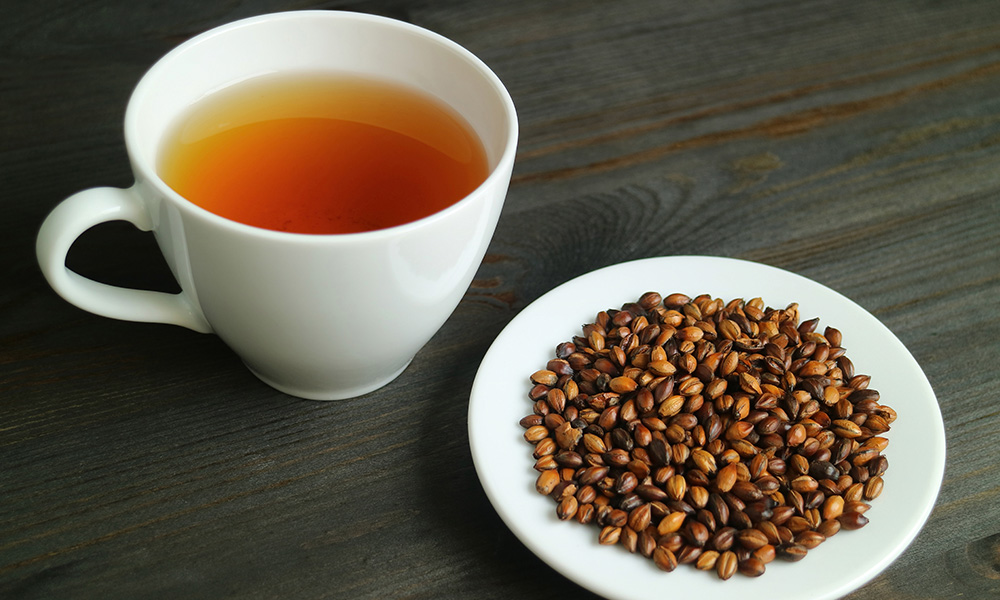
Not to be confused with the Chinese barley drink. The Korean barley tea, or Boricha, is a clear, light-toned drink. Brewed with roasted barley, it has a mild nutty taste and subtle sweet tinge. Although not gluten-free, barley tea is rich in antioxidants and low in calories.
Similar to buckwheat tea, you can buy a pack of dried barley seeds, roast them and brew your own Boricha at home. There are also pre-roasted barley teabags you can find at Korean grocers.

A must-have ingredient in Thai and Vietnamese cooking, lemongrass exudes a refreshing aroma and gives a tangy undertone to a dish. To make tea from it, dried lemongrass leaves or stalks are brewed in hot water to release its natural aroma and flavour.
Lemongrass tea has a light yellow hue, with a mild sweet and citrusy taste, and none of a lemonade’s sharp tartness. Soothing and pleasant, warm or cold, with or without a sweetener. It also provides similar health benefits as buckwheat tea.
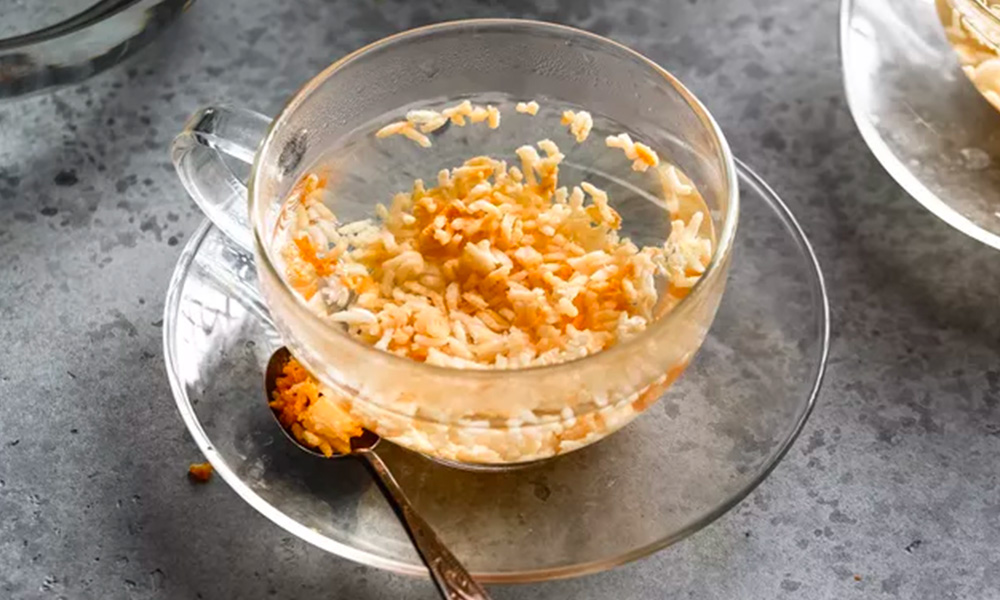
Brown rice is another grain that’s great for brewing into a tea, popularised by the Koreans, known as Hyeonmi-cha. To make it, brown rice is washed, soaked, and pan-roasted till yellow-brown like popcorn. Left to cool, then brewed in hot water for 10 to 15 minutes, and strained. For Koreans, brown japonica rice is typically used for tea. Gluten-free, and has a fragrant toasty, nutty flavour. Hyeonmi-cha is different from the Japanese Genmaicha, however, as the latter is a blend of toasted brown rice and sencha tea leaves.
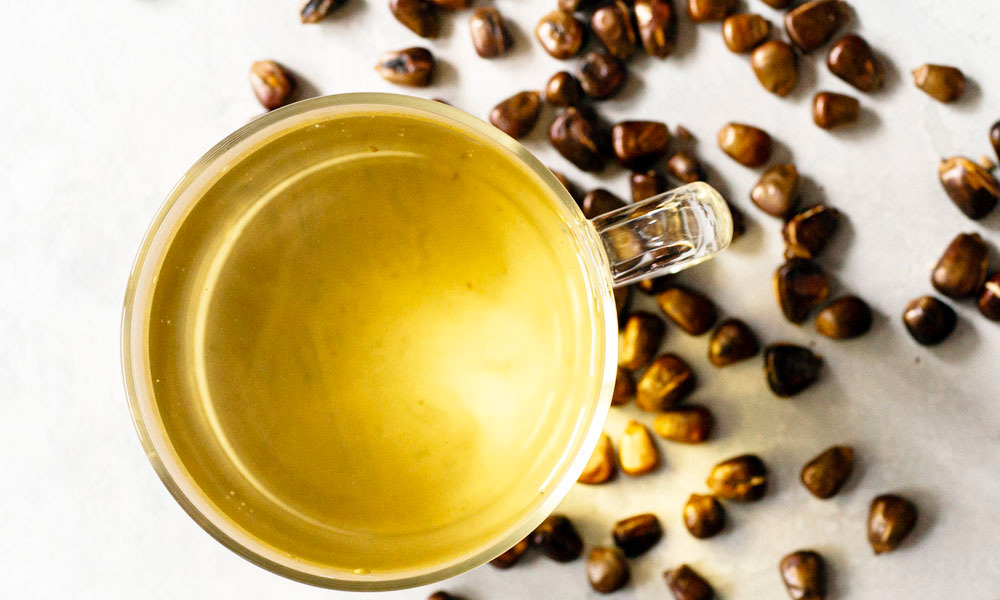
Korean Oksusu-cha corn tea is a traditional household drink, along with barley tea. As the name suggests, corn kernels are roasted till near charred, then brewed in hot water. Enjoyed warm or cold, corn tea has a sweet undertone with a nutty flavour and aroma. You can absolutely make it at home with any fresh corn. Just roast a whole stalk, and scrape off the kernels for the brew.
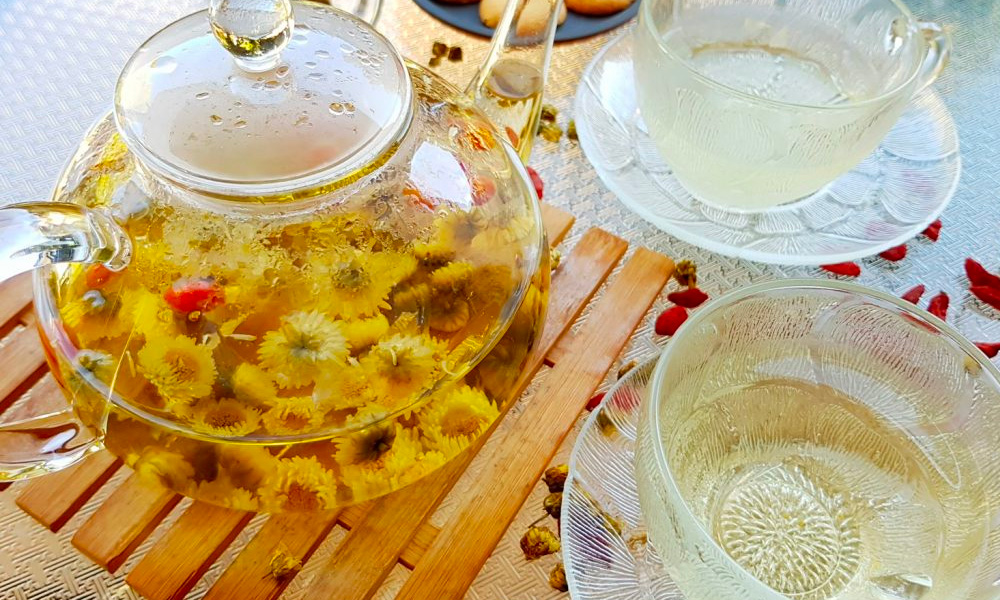
Edible flowers like blue butterfly pea, roselle, lavender and chrysanthemum are also great to make tea. For the Chinese, chrysanthemum tea has become so much a classic staple over the centuries, it’s considered like regular tea. You can order a hot pot of it at teahouses and restaurants. A warm, mild drink with a light floral aroma that eases you into a relaxing vibe. Great for digestion too. Add some goji berries for a tinge of natural sweetness. Or drop some ice-cubes for cool refreshing enjoyment.

Lighten your mood and rejuvenate your senses with 6 must-try Malaysian drinks!

Pair your hearty barbecues with these refreshing Asian delights!

What are the properties of ginger, and how to pick, store and use ginger in your cooking? Find out here!